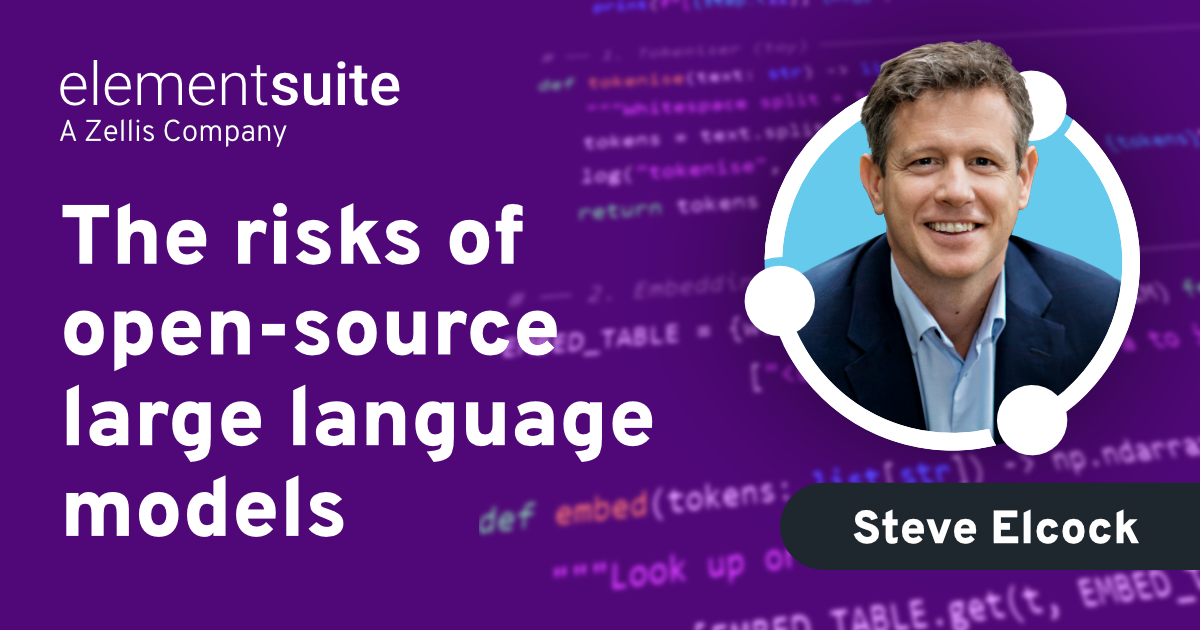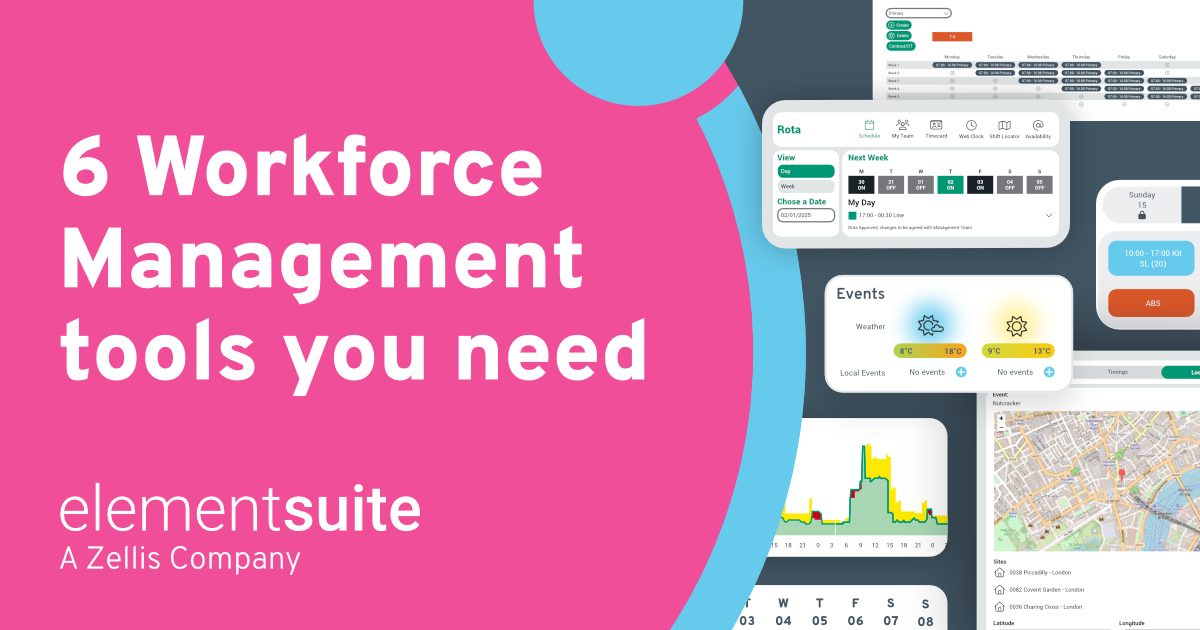All employees are different. All with their own personal circumstances, motivations and needs for what constitutes an engaging environment for them. HR leaders know that there is no magic bullet to create a positive and engaging employee experience. Success is made up of many things, numerous touchpoints, interactions and culture. Its driven by an understanding of your employees.
However, we all know that an engaged workforce is a key driver of business success. This means that business leaders and human resources teams are constantly challenged with keeping employees engaged at every level of the business. The pandemic has added to the challenge. But its also created an opportunity to think differently and take new approaches to the ongoing dilemma of delivering an employee experience that’s good for your people and good for business too.
Employee experience utopia
Organisations are driven to find the utopia of employee experience to improve employee performance, retention and efficiency. It’s the litmus test to the levels of connection and enthusiasm staff have with their organisation. And a great measurement of how motivated they are, how prepared they are to put in extra effort, go the extra mile and how committed they are to staying. Recruitment is an expensive and time-consuming activity, so understanding your staff churn rate and how you can reduce it, is good for business.
Often employee experience is measured by the voice staff feel they have within an organisation. Its measured by how well they feel their managers and leaders listen to them? People who are highly engaged at work not only provide greater value to the business, but they also experience better quality of life at work. And employee engagement is derived from employee experience. Most of all, staff want to know that you care about them. They want to feel empowered to do their job well, and know they can grow and develop in the company. That’s the experience they want, which will ultimately drive business results and performance.
1. Personalised experiences
Personalisation focusses on the individual employee. During the pandemic where office and work environments were removed or changed and more of the workforce worked from home has exacerbated the employee experience. Communication and relationships with colleagues changed, no more office banter and corridor conversations. Although connectivity and communication was replaced with virtual calls and instant chat technology for some, this was not the case for all workers across all industries. The result – a decline in employee experience.
The change in physical workplace circumstances impacted everyone, and affected an individual’s emotional wellbeing, engagement, experience and feeling of worth. Your place of work or work environment is a community, even for remote or hard to reach employees. A supportive community that provides emotional support, a place to share ideas, grow and develop.
The technology that connected us when we were socially distant, is part of the solution that continues to connect staff. It can provide immediacy, connection and social interaction that creates that sense of belonging. It shouldn’t be about isolation.
Providing options around flexibility, remote working and a more flexible environment contribute to delivering a personalised employee experience is an essential strategy. Todays innovative HR technology can be personalised and prioritised by the user, create instant access and social interaction and social channels. Creating an interactive environment that delivers on transparency and is accessibility. This level of personalisation will empower employees as well as HR, payroll and other functions across the business.
Personalisation can go so much further, by delivering personalised learning pathways and personalised performance pathways. Allowing staff to select and change shifts and rotas, share when they want to work or are available for work.
2. Accessibility and transparency
Employees are happier when they have all the tools they need in one place. Increased visibility across the organisation couples with transparency instils trust for employees. Remove the frustrations of trying to find information, and access self help significantly improves employee experience. Although its easy to ask someone, employees like to feel empowered to seek out the solutions and answers themselves.
According to Culture AMP, employees that get employee experience right achieve double customer satisfaction rates and generate 25% more profit. Employee experience encompasses a wide range of factors across the full employee life cycle.
Self-service can really contribute to enabling staff to access, search and learn at a time and location that suits them. As society has become more and more reliant on technology and what’s accessible from a smart phone, the expectation is that this will be the same with employers.
Josh Bersin has measured the ROI (return on investment) achieved by delivering on employee experience. His definitive guide also highlights how employee experience will positively contribute to better business outcomes and greater agility.
3. Improving the employer brand
Branding is a huge global industry because our brains are hard-wired to associate things. When we see a brand, this can evoke strong emotions, attachment and loyalty. Brands are trying to build an emotional connection with us as consumers. The same is true of your business, your brand and your HR technology.
You want the experience for you and your staff to be easy and intuitive (check out the benefits of employee self-service). When you log on to your HR system it should feel like you are in the right place – your company branding for your people.
Companies are competing in the market place for talent and overcoming skills shortages and staff retention issues, which means that employer branding is a strategic imperative. Your staff expect a particular experience when they join you, and if it’s not in place they start to question their decision. Staff expect easy access and intuitive navigation that feels like Instagram or an Apple device.
At the heart of building a strong employer brand is the immutable fact that being human means that we have free choice. As such, management cannot impose engagement, commitment or motivation.
Powerful branding, infused through sustainable organisational culture, evokes willingness in employees to act as brand advocates. This makes you an employer of choice and eases the talent acquisition process and is good for business too.
Employee experience is good for business
Deliver employee experiences that are personalised and evolving to meet the needs of your people is good for business. Innovative HR technology is the enabler to create the environment that’s right for your business.







